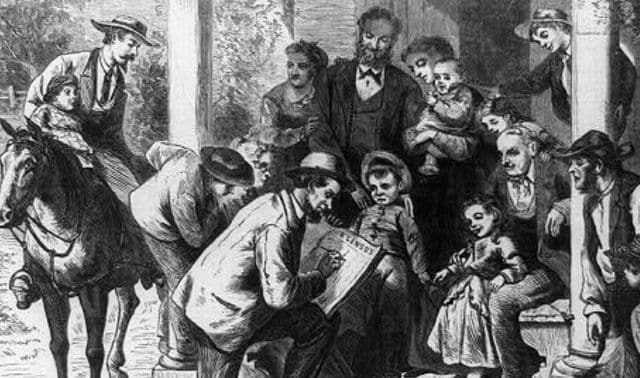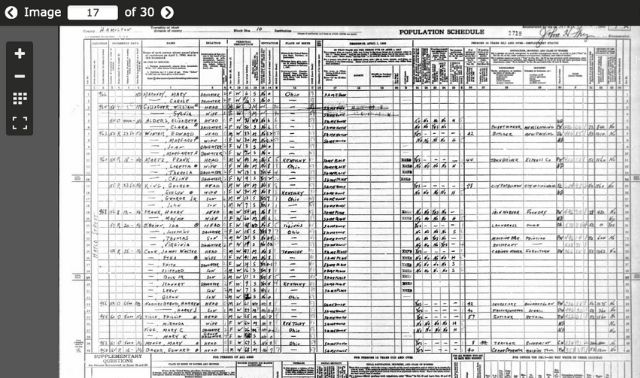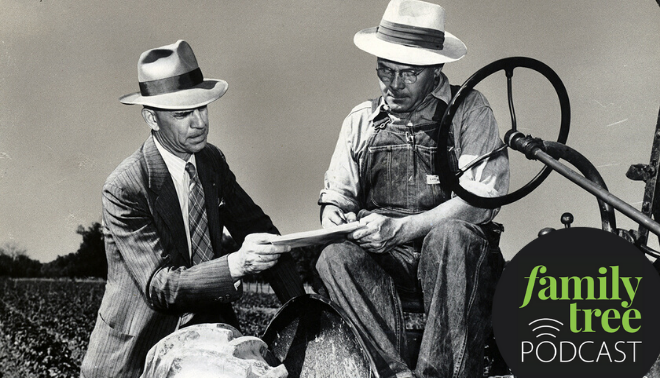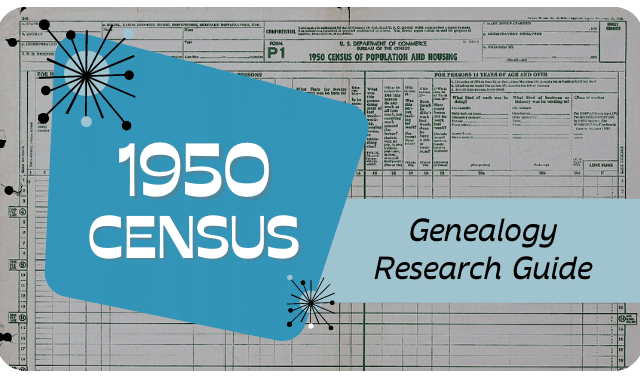So what information do we have to look forward to with the release of the 1930 census? In 1930, the enumerators carried large portfolios with preprinted forms and collected the following data for each person or household:
- street or road name, house number and if a farm
- name, age and sex of each household member
- relationship to the head of household
- whether owns or rents home and if mortgaged
- value of home or monthly payment
- whether owns a radio set
- color or race
- marital status
- age at first marriage
- whether attended school since Sept. 1, 1929
- whether can read and write
- place of birth
- father’s place of birth
- mother’s place of birth
- language spoken in home before coming to the United States
- year of immigration
- whether naturalized or an alien
- whether can speak English
- trade, profession or kind of work
- type of industry or business
- whether worked yesterday
- whether a veteran and, if so, what war
The Census Bureau also instructed enumerators to report American Indians’ degree of Indian blood and their tribe’s name. Since the form had no place for this data, the bureau told enumerators to use the columns for father’s and mother’s birthplace.
The public met the new question about radio ownership with great reluctance—they feared the government was going to tax all radios. The Radio Manufacturers’ Association had asked the government to include the radio question to help plan geographic placement of broadcasting stations.
Kathleen W. Hinckley is the author of the new book Your Guide to the Federal Census (Betterway Books, $18.99), from which this article is adapted. The book goes on sale at bookstores nationwide in February, or you can order directly from www.familytreemagazine.com/store.




